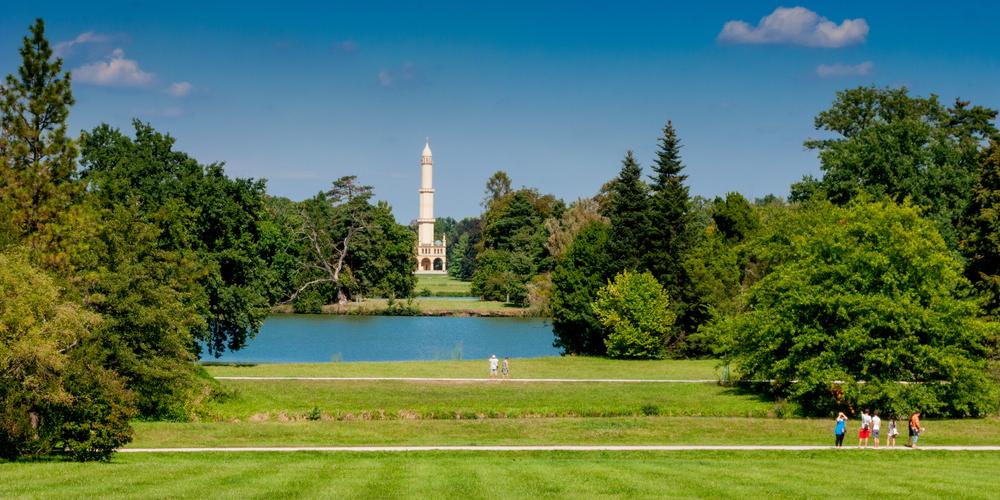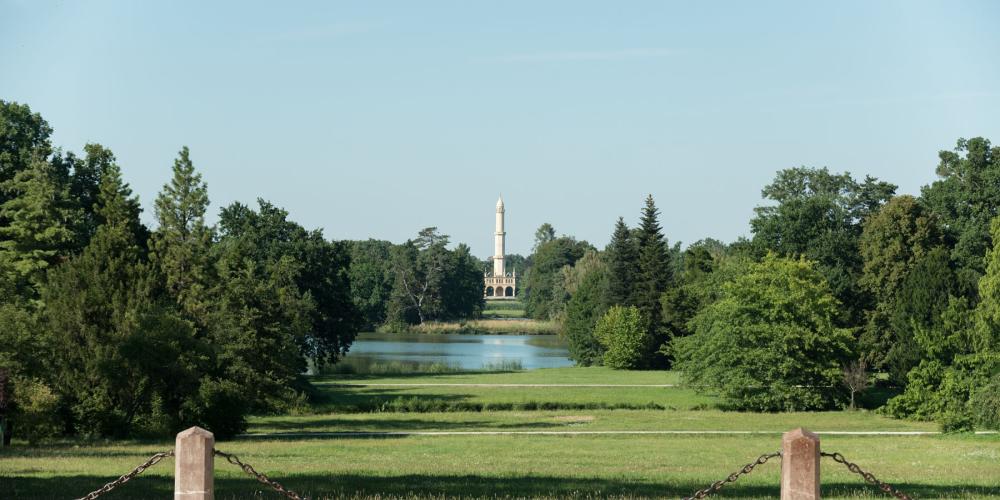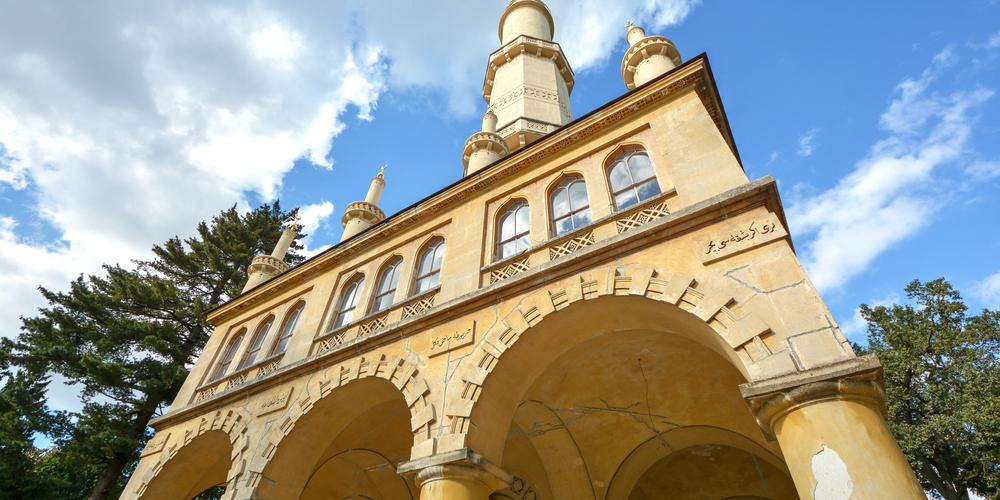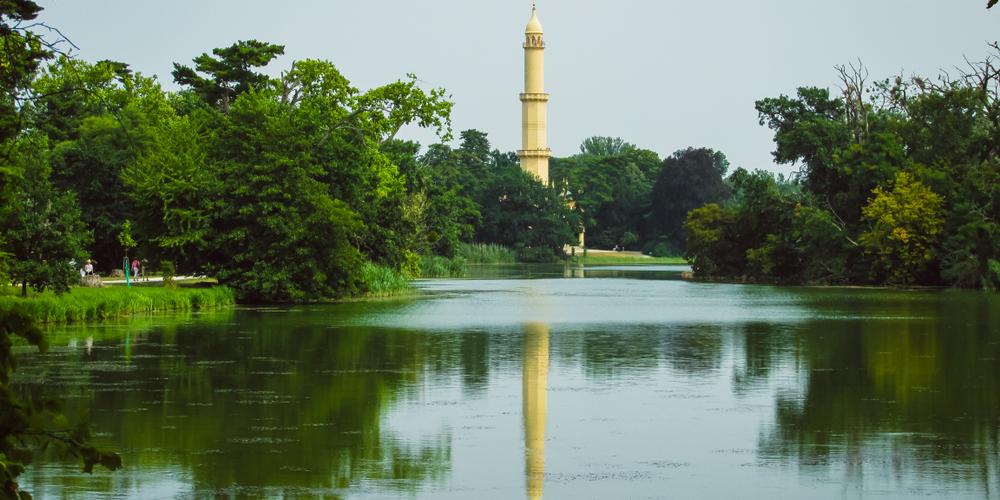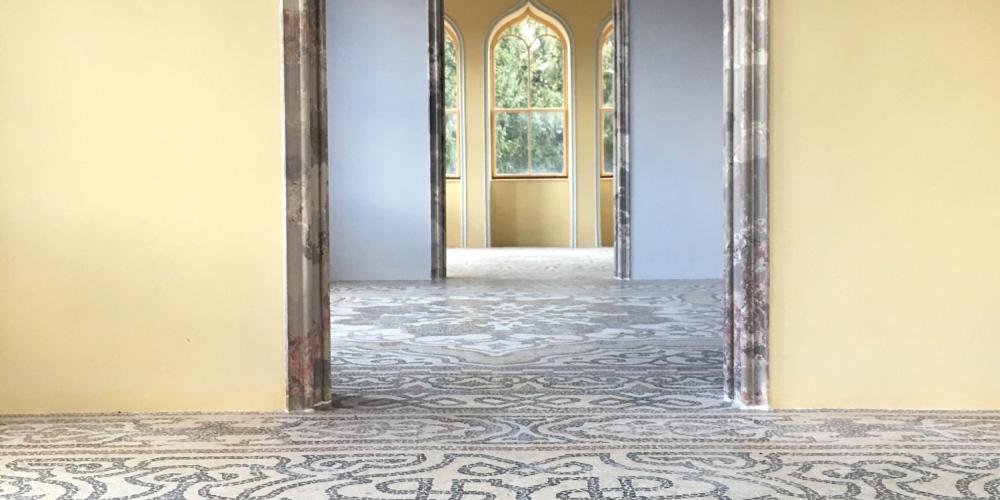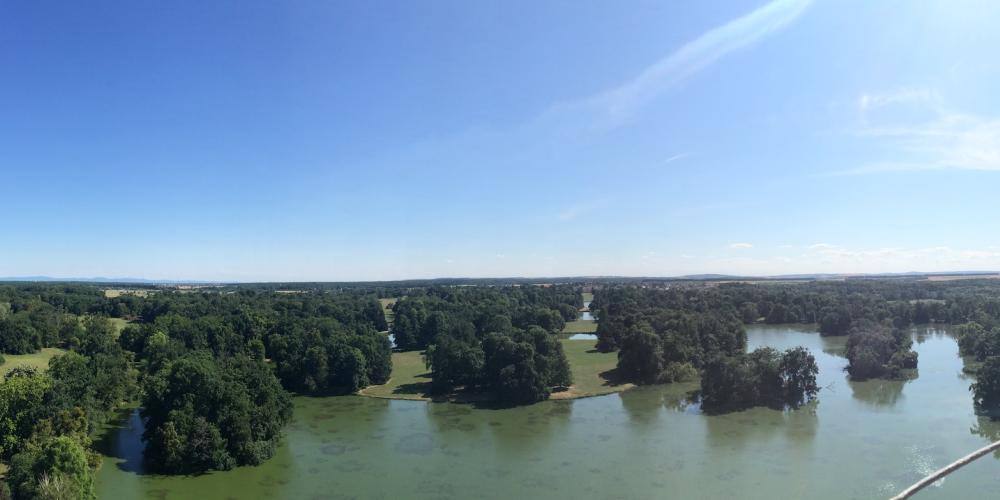The story of Lednice's famous Minaret

Legend has it that Prince Alois Joseph of Liechtenstein wanted to build a new church in Lednice village, but the Consistory of Brno did not allow it. The Prince therefore allegedly built the Islamic sanctuary in defiance.
A much more likely version, however, is that the Austrian prince wanted to emulate other European aristocrats. It was fashionable at the time to place exotic buildings from the ancient and oriental world in parks and gardens. Prior to the construction of the minaret, several inspirational buildings, such as an ancient spa or a Chinese pavilion, were constructed in the Lednice Castle Gardens.
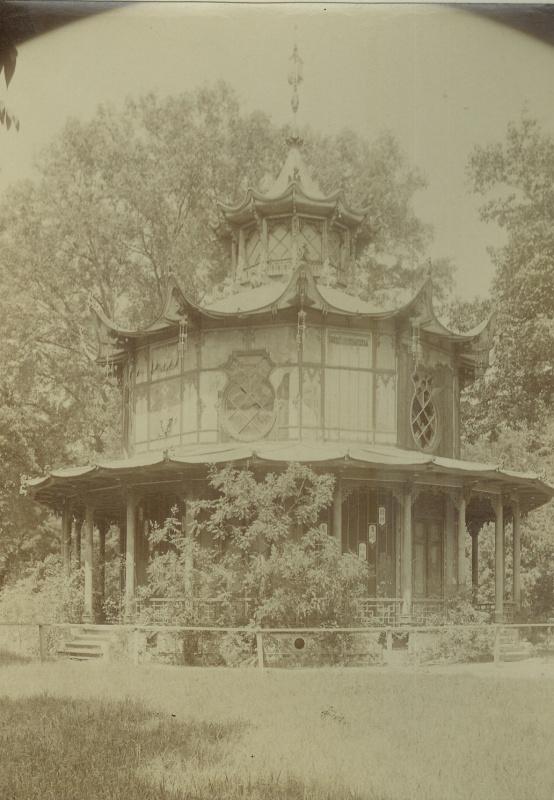
The Minaret has its own unique style thanks to its designer. The tower was designed by Josef Hardtmuth, the famous pencil inventor and founder of the Czech firm Koh-i-noor, a major manufacturer of pencils and crayons. It's possible that the Lednice Minaret later became an inspiration for the pencil's invention, as the shape reflects this perfectly.
Constructing the Minaret was an ambitious undertaking. The stone blocks used for the construction weighed around 100 kg, and it was built on a marshy soil. The consolidation of the foundations was done by hired workers using 500 wooden poles, more than 17 metres long. To evenly distribute the weight of the tower, they laid a grid of 96 strong strings attached by iron clips. On this foundation, a tetrahedral one-storey mosque with an arcade gallery and columns was built. The tower measures 60 metres, features three galleries and you can reach the highest viewing point by climbing a self-supporting spiral stone staircase of 302 steps.
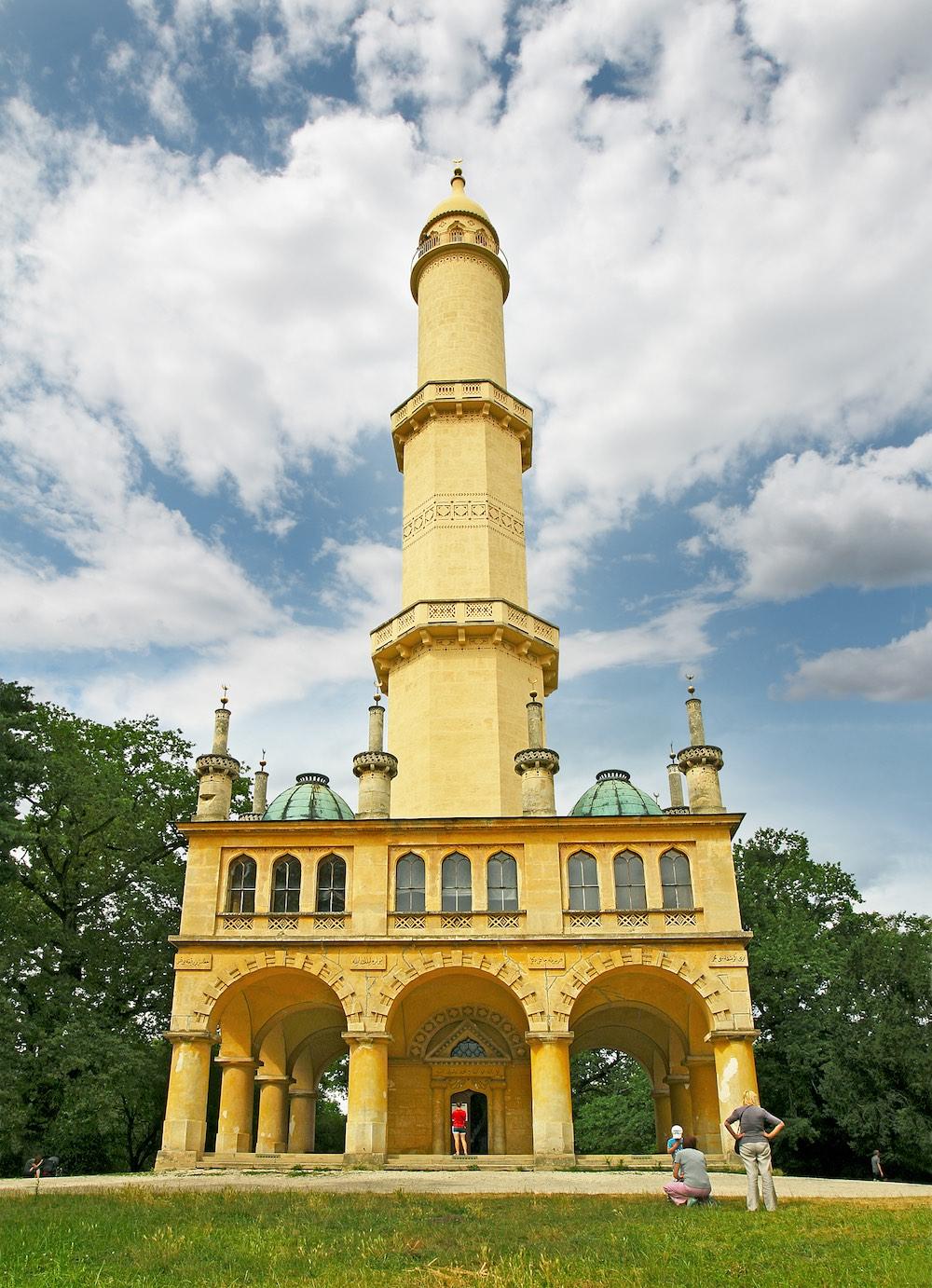
The carpenters used the Turkish style of scaffolding for the construction, which was unusual in Europe at the time. The construction workers were unfamiliar with this type of scaffolding and were concerned about their safety. To help reassure the workers, a cavalry corporal from the nearby chateau stables rode his horse safely across the scaffolding. After 7 years of construction, the minaret was completed in 1804, without serious injury to the workers.
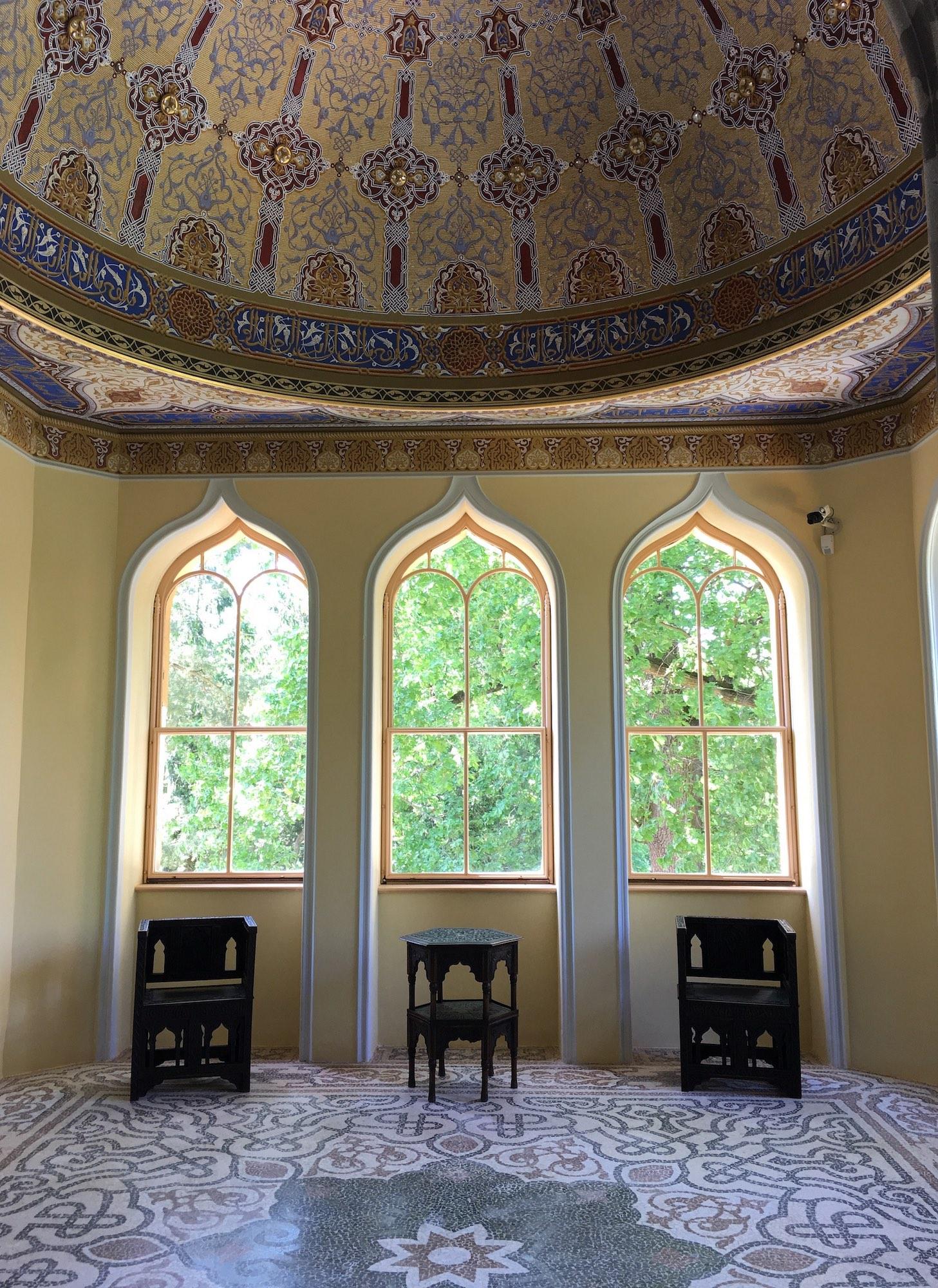
The lower part of the minaret has eight rooms, with richly decorated ceilings, walls and floors, and oriental ornaments. This work, according to experts, was carried out by artists from Arab countries. The minaret served primarily as a lookout tower, for viewing the whole Lednice-Valtice area. On the 1st floor, the Liechtensteins placed their exotic collections.
Today the Lednice minaret is a dominant feature of the entire Lednice-Valtice area and an important tourist attraction. It is a unique example of Moorish architecture in the Czech Republic. While the minaret never served for religious purposes, it has served as an important lookout tower - on a good day, you can see all the way to Vienna, which is more than 90 km away.
